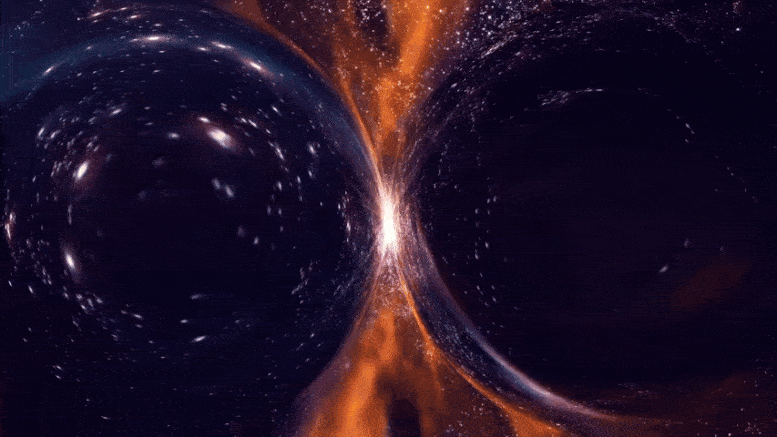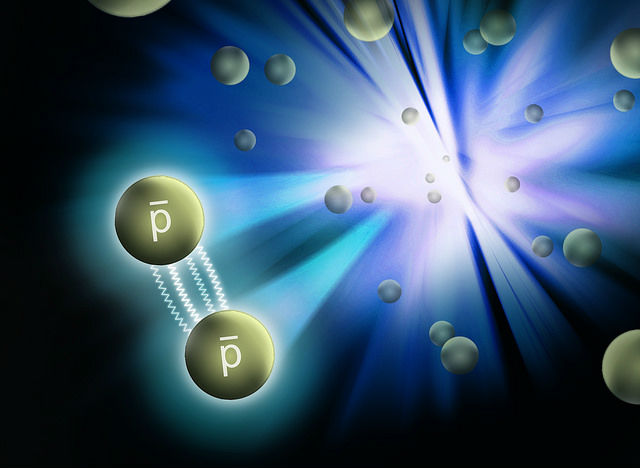

Professor Tim Gershon at the University of Warwick, the developer of the analytical technique used to make the measurement, said: “Charm meson particles are produced in proton-proton collisions, and they travel on average only a few millimetres before transforming, or decaying, into other particles. However, we are able to confirm this as a discovery because LHCb has collected so much data.”

This result shows the oscillations are so slow that the vast majority of particles will decay before they have a chance to oscillate. Guy Wilkinson, a professor at the University of Oxford, whose group contributed to the analysis, said: “What makes this discovery of oscillation in the charm meson particle so impressive is that, unlike the beauty mesons, the oscillation is very slow and therefore extremely difficult to measure within the time that it takes the meson to decay. In the Standard Model, there are only four types of particles that can transform into an antiparticle the mixing phenomenon has been observed in strange mesons in the 1960s, beauty mesons in the 1980s, with oscillations between the two states only observed in the strange-beauty meson in 2006. The researchers measured the difference in mass between the two particles through the utilisation of data attained during the second run of the Large Hadron Collider, which was 0.00000000000000000000000000000000000001 grams or in scientific notation 1×10 -38g – a result that crosses the ‘five sigma’ level of statistical significance that is required to claim a discovery in particle physics.ĭue to the clinical precision of the measurement, the researchers used a University of Warwick developed technique to ensure that their analysis method was as precise. In a state known as quantum superposition, a charm meson can be itself and an antiparticle simultaneously, forming two particles, each with its own mass, with one being heavier than the other superposition allows the charm meson to oscillate between the two states.


This novel information can aid scientists in solving some of the most complex physics conundrums that deviate from the Standard Model, such as whether these transitions are a result of an unknown particle not predicted by the guiding theory. The scientific community has understood for over a decade that charm mesons – subatomic particles comprised of a quark and an antiquark – travel in a phenomenon called mixing, where they are a mixture of their particle and antiparticle states, with this discovery solidifying that they can fluctuate between the two. The researchers from the University of Oxford have recorded the first evidence of charm mesons converting into their antimatter counterpart before returning to their original form, employing the use of CERN’s LHCb experiment to conduct their investigation. UK physicists have successfully demonstrated that a subatomic particle can be transformed into an antimatter particle and back again for the first time ever.


 0 kommentar(er)
0 kommentar(er)
